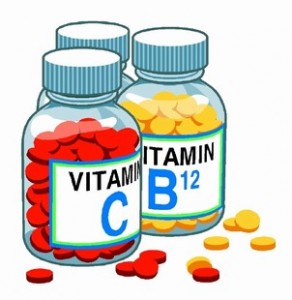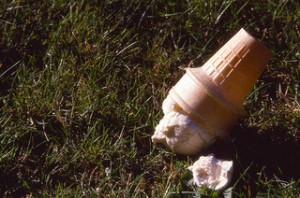Asbestos is a very strong substance that became popular in the late 19th century for many reasons; its durable and fire-resistant properties make it handy for building and electrical wiring. Asbestos is also very affordable, as well as an excellent material for sound absorption. At one point, the town of Asbestos, Quebec was home to the largest asbestos mine in the world (Wikipedia, 2012). In other words: it is cheap, strong and useful.
Now, most of us know the downside to this seemingly flawless substance: it’s a carcinogen. Exposure to the substance has been proven to cause lung cancer, asbestosis and mesothelioma. Its mining and use has been banned from over 50 countries worldwide, including the European Union (Wikipedia, 2012). Removal of asbestos is done carefully from older homes and buildings with the utmost caution. So why is Canada one of the only countries continuing to export the well-known carcinogen?

As current as 2010, Canada was mining 150,000 tonnes of asbestos and exporting 90% of it to developing countries. Why? Because it was one of the only materials developing countries could afford and our government didn’t see anything wrong with selling it to them. Of the 6 forms of the substance, chrysotile asbestos is still being mined in Canada. Quebec’s provincial government actually promised to loan $58 million to reopen a mine in the previously mentioned region of Asbestos. The Federal government’s stance on chrysotile asbestos during the last three Rotterdam Conventions was that ‘[they] promote the safe and controlled use of chrysotile’ (CBC Radio-Canada, 2012); this went against more than 50 other nations. Canada’s bullheaded stance (with the likes of Vietnam, Kazakhstan and Kyrgyzstan) has halted the final form of asbestos from being listed as a hazardous susbstance at the conference, until now.
Whether due to a sudden epiphany or with another agenda in mind, Canada finally agreed with the rest of the world and consented to banning the use and shipment of chrysotile asbestos at the most recent Rotterdam Convention. As of this Friday, the Quebecois provincial government has promised they will cancel the previously promised loan and ban the production and export of asbestos in the future. Ottawa has even promised a $50 million investment into diversifying the region and hopefully replacing some of the 400 jobs that would have been created upon reopening of the mine (CBC Radio-Canada, 2012).
I don’t know why it took this long, but it makes me a little less of a cynic to hear that Canada has changed its stance on the asbestos debate. I’m proud of the government’s decision and I hope it continues to look out for the welfare of the less fortunate in the future.
-Kady
References:
Youtube. “Restricting Asbestos.” https://www.youtube.com/watch?v=J3H2pfeQqow (accesses October 8, 2012)
Wikipedia. “Asbestos.” http://en.wikipedia.org/wiki/Asbestos (accessed October 8, 2012)
CBC Radio-Canada. “Canada Won’t Oppose Asbestos Limits.” http://www.cbc.ca/news/politics/story/2012/09/14/montreal-canada-thetford-mines-asbestos.html (accessed October 8, 2012)




















